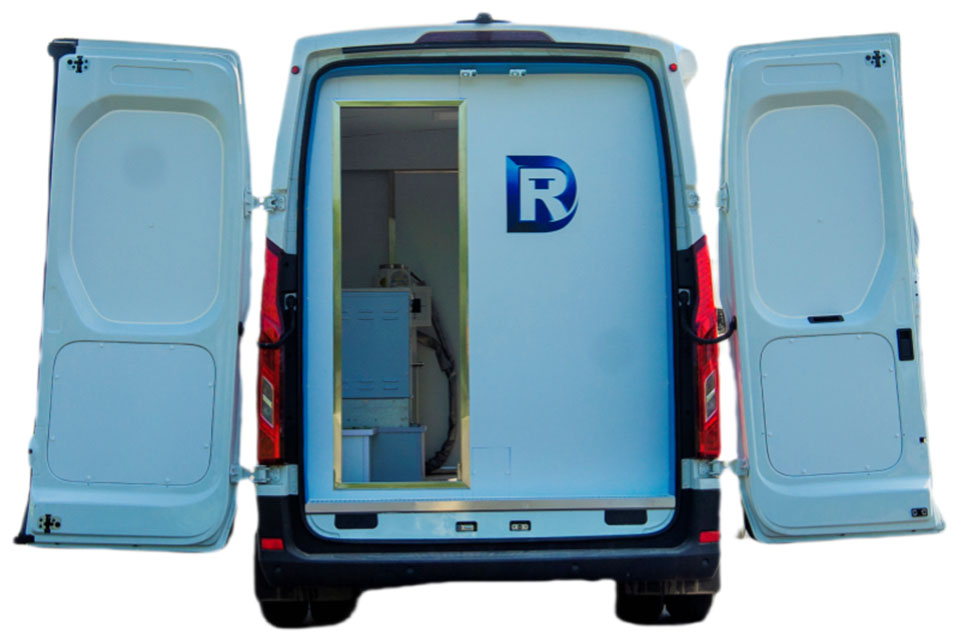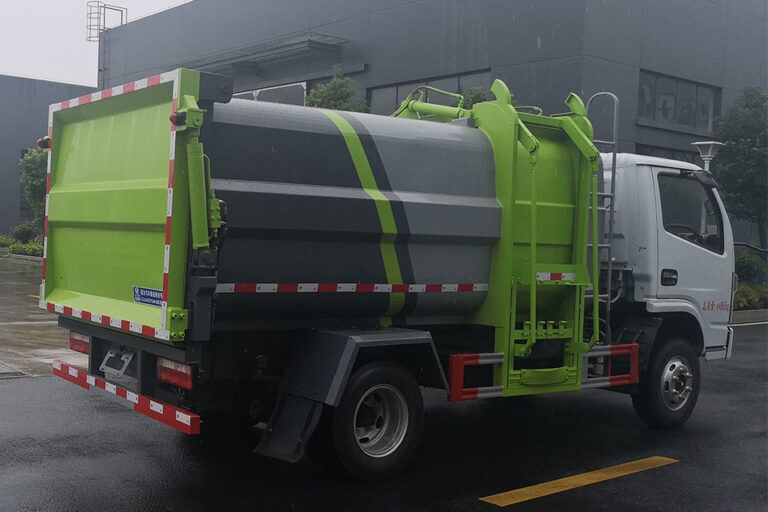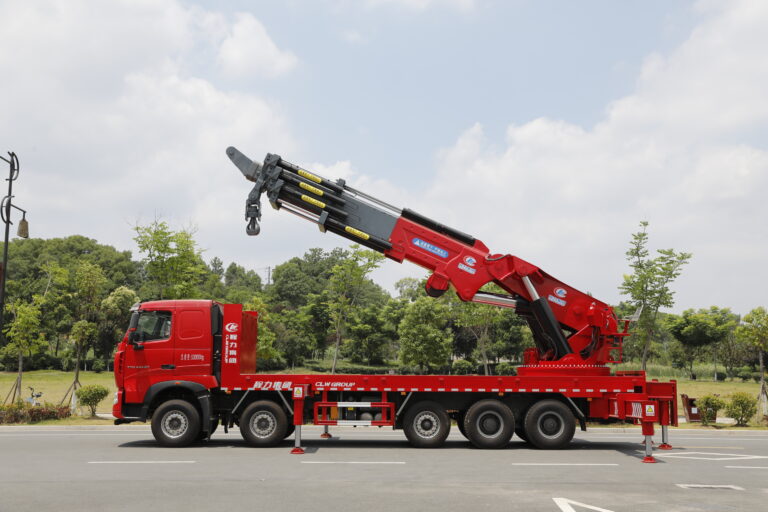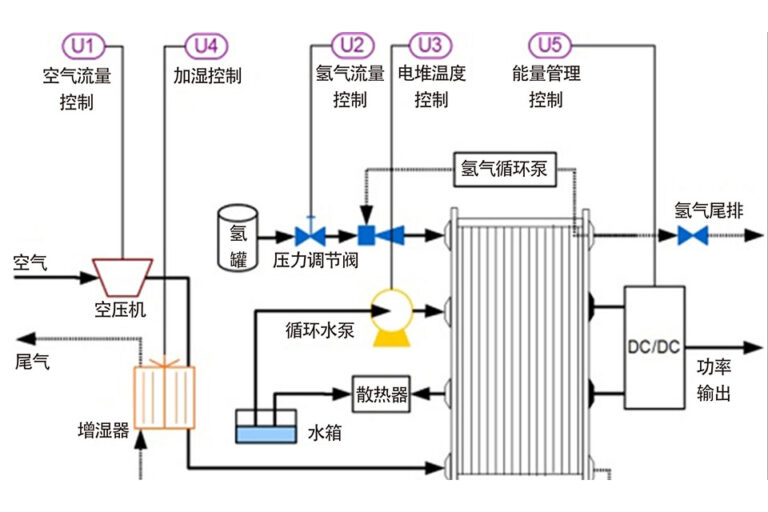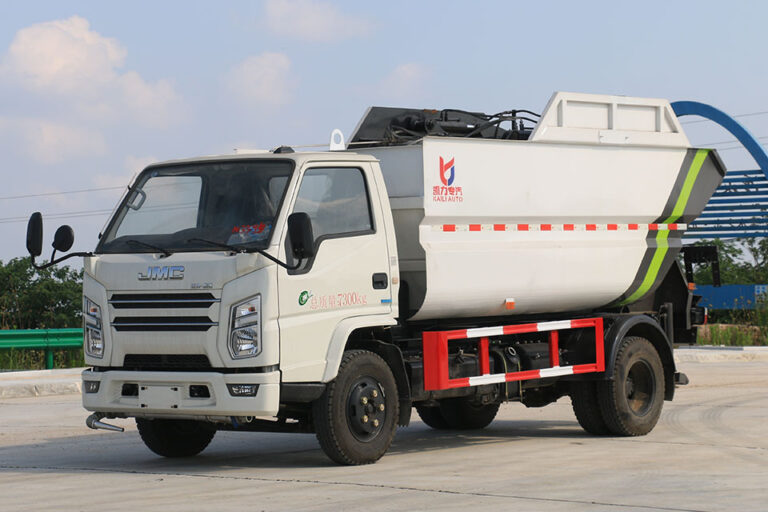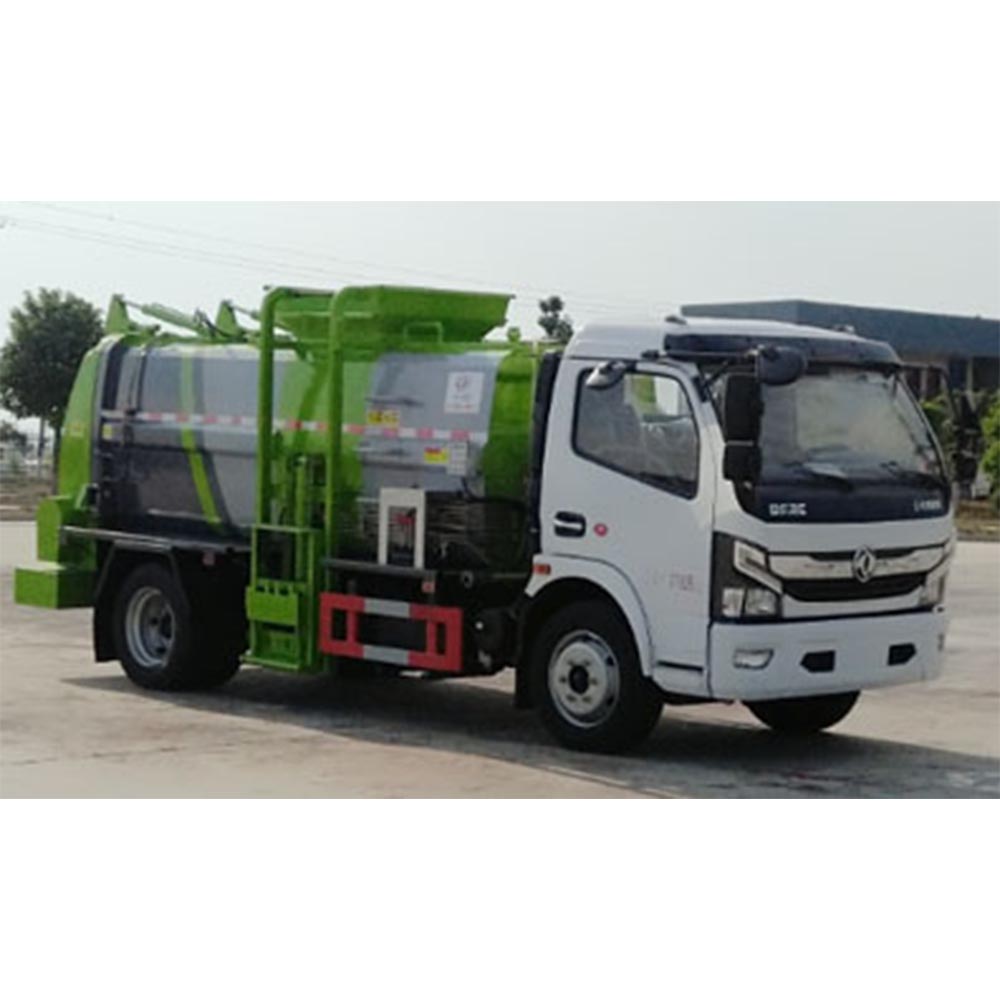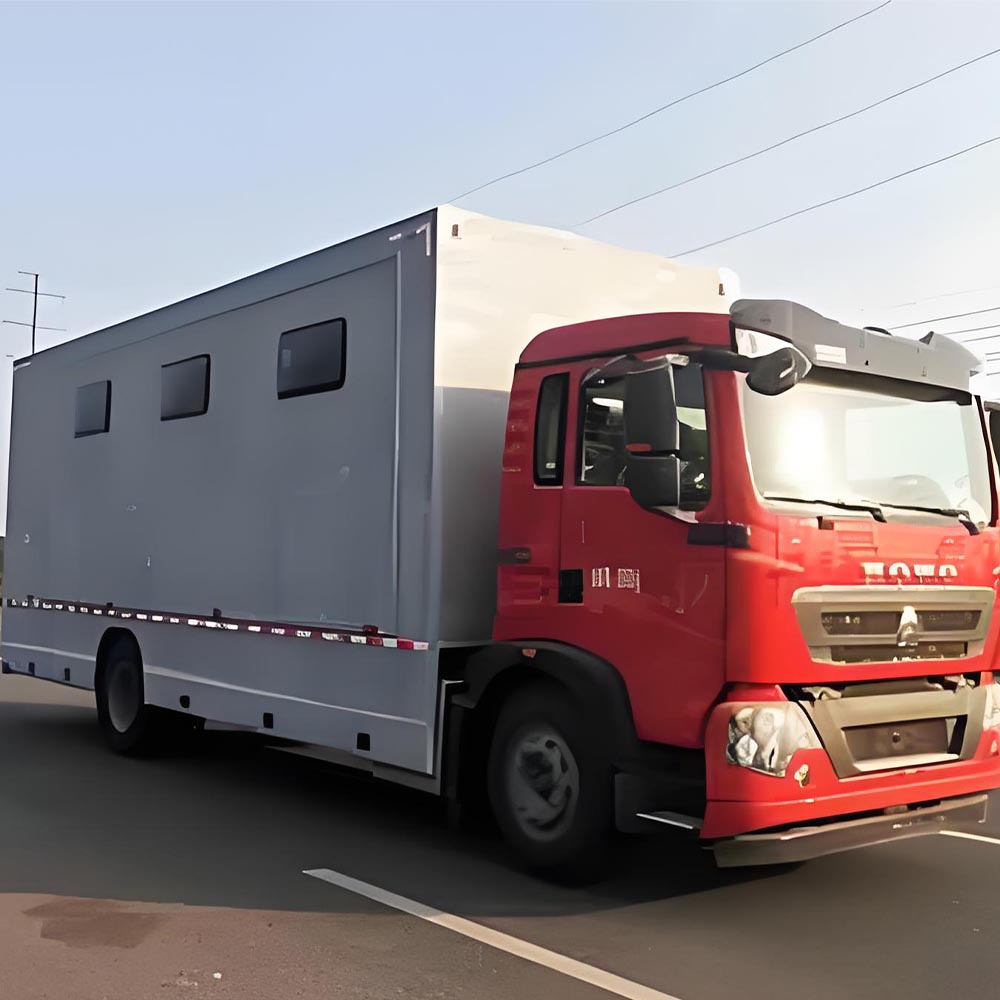-
Chengli Automobile Industry Park
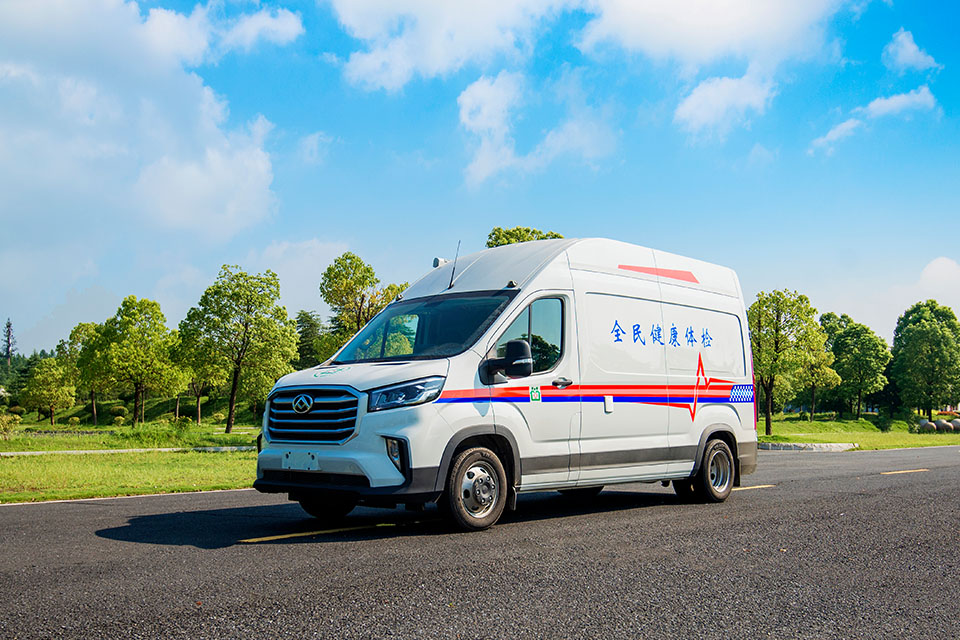
What’s the difference between a medical transport and an ambulance?
Medical Transport vs Ambulance: What’s the Big Difference?
Do you know when to call for an ambulance? Or when a medical transport is better? This guide will help you understand the key differences between these two important services.
What Are These Services?
Table of Contents
Medical Transport
Medical transport is for people who need help getting to doctor visits but don’t need emergency care. These vehicles help people who:
- Need a wheelchair
- Need a stretcher
- Can’t drive themselves
- Don’t have an emergency
Medical Transport vs. Ambulance
Medical Transport
Use for planned doctor visits, hospital discharges, and regular treatments. No emergency medical care needed.
Ambulance
Call 911 for emergencies – chest pain, breathing trouble, severe injuries. Provides immediate medical care.
Key Differences
Ambulance
An ambulance is for emergency medical help. They come fast when you call 911. Ambulances have special equipment to save lives.
Key Differences Table
| What We Compare | Medical Transport | Ambulance | Facts and Numbers |
|---|---|---|---|
| When To Use | Planned doctor visits, Going home from hospital, Regular treatments | Heart attacks, Bad injuries, Trouble breathing | Patients who went to hospital by ambulance for stroke got help 22 minutes faster than those using private cars. |
| Equipment | Basic wheelchair lifts, Simple medical tools | Life-saving machines, Oxygen tanks, Heart monitors | Ambulance equipment market will be worth $8.9 billion by 2030. |
| Staff | Drivers with basic training | EMTs and paramedics with medical training | 88% of ambulances must have at least one certified medical person. |
| Cost | $50-$300 per trip | $500-$1500+ per trip | New Hampshire study shows ambulance costs around $980 per trip. Medical transport costs 32% less. |
| How To Get One | Call 1-3 days ahead | Call 911 for fast help | Ambulances reach you about 40% faster than driving yourself. |
| Most Common Uses | Dialysis trips (34%), Hospital discharge (28%), Mental health visits (19%) | Accidents (45%), Heart problems (30%), Breathing problems (15%) | 63% of all medical transportation is non-emergency. |
When Should You Use Medical Transport?
Medical transport is best when:
- You need to go to a planned doctor visit
- You’re going home from the hospital
- You need regular treatments like dialysis or cancer treatment
- You can’t drive but don’t have an emergency
- You use a wheelchair or need special help moving
Learn more about ambulance transport solutions
When Should You Call an Ambulance?
Call 911 for an ambulance when:
- You have chest pain
- You can’t breathe well
- You have a bad injury with lots of bleeding
- Someone is unconscious
- You think someone might be having a stroke
- You need medical help right away
Find out about medical emergency transport options
Equipment Differences
What’s Inside a Medical Transport Vehicle?
Medical transport vehicles have:
- Wheelchair lifts or ramps
- Stretcher holders
- Seat belts for wheelchairs
- Basic first aid kits
- Simple medical tools
What’s Inside an Ambulance?
Ambulances have life-saving equipment like:
- Defibrillators to restart hearts
- Oxygen tanks
- Heart monitors
- Advanced medical supplies
- Emergency medicines
- Stretchers that move easily
Staff Training Differences
Medical Transport Staff
These drivers have:
- Basic first aid training
- Safe driving skills
- Help moving patients training
- No need for medical licenses
Ambulance Staff
Ambulance workers have:
- EMT certification
- Paramedic training (many years)
- Life support skills
- Emergency driving training
- Medical licenses
Cost Differences
The price difference between these services is big!
Medical Transport Costs
- Usually $50 to $300 per trip
- Often covered by insurance for people who need it
- May need doctor’s note
- Much cheaper option
Ambulance Costs
- Usually $500 to $1,500 or more
- Insurance covers emergencies
- Using ambulances for non-emergencies may mean you pay the full cost
- Air ambulances can cost $12,000 to $25,000
Explore zero emission electric ambulance options
How Fast Can You Get Help?
Medical Transport Timing
- Must call 1-3 days ahead
- Picks you up at scheduled time
- No rushing through traffic
- No special road rights
Ambulance Response
- 8 minutes average in cities
- 15 minutes average in rural areas
- Use lights and sirens
- Other cars must move over
- Gets to hospital fastest
Special Types of Medical Transport
There are many special types:
Special Medical Transports
- Bariatric transport – For larger patients
- Mental health transport – Safe travel for mental health patients
- Group shuttles – For nursing homes and senior centers
Special Ambulances
- Air ambulances – Helicopters for far away places
- Neonatal ambulances – For tiny babies
- Critical care ambulances – Like moving ICUs
Research shows air ambulances help heart attack patients in rural areas survive 27% more often.
Real Stories: When It Matters Most
Tom’s Story: “I thought my chest pain was just heartburn, but my wife called 911. The ambulance team gave me medicine right away. The doctor said that quick action saved my heart from more damage.”
Maria’s Story: “I use medical transport to get to my kidney dialysis three times each week. It costs so much less than an ambulance, and the drivers know me by name now.”
Making The Right Choice
When choosing between medical transport and ambulance:
Use Medical Transport When:
- Your need is not urgent
- You have time to plan ahead
- You need help but not emergency care
- You want to save money
Call an Ambulance When:
- You need help right now
- The problem could be life-threatening
- You need medical care on the way to the hospital
- You can’t move safely without medical help
Questions To Ask Yourself
Ask these questions to decide:
- Is this a medical emergency?
- Do I need medical help right now?
- Can my trip to the doctor wait?
- Will I need medical care during the ride?
If you answer “yes” to the first two questions, call 911 for an ambulance.
Insurance Coverage
Most insurance plans, Medicare, and Medicaid cover:
- Ambulance rides for true emergencies
- Medical transport with doctor’s order saying it’s needed
To get insurance to pay for medical transport, you often need:
- A doctor’s note
- Proof you can’t travel any other way
- Pre-approval from your insurance
Making The Right Call
Choosing between medical transport and an ambulance is important. Making the right choice:
- Gets you the right level of care
- Saves money
- Keeps ambulances free for real emergencies
Remember: Ambulances are for emergencies. Medical transport is for everything else.
Discover mobile medical checkup vehicle options
